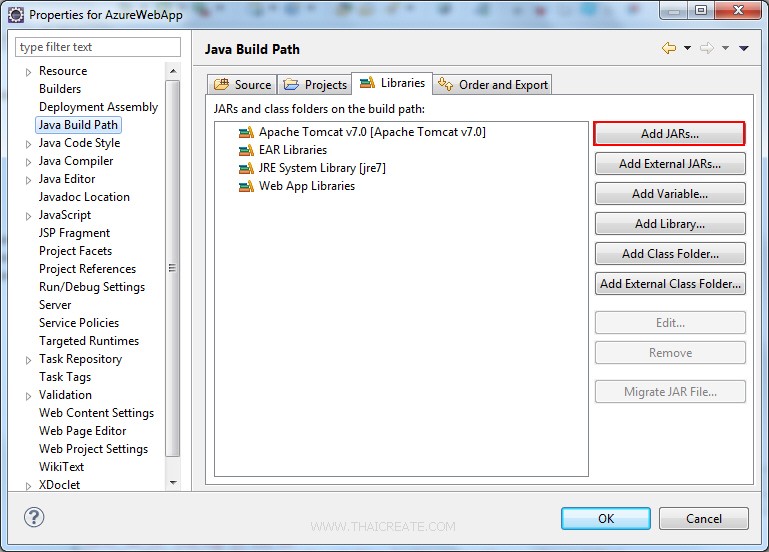
A Socket belongs to a certain Namespace (by default /) and uses an underlying Manager to communicate.Ī Socket is basically an EventEmitter which sends events to - and receive events from - the server over the network. Have a look at this link Use ArrayDeque instead of LinkedList or Stack.

ArrayDeque is likely to be faster than Stack interface (while Stack is thread-safe) when used as a stack, and faster than LinkedList when used as a queue. Socket Ī Socket is the fundamental class for interacting with the server. It's better to use ArrayDeque instead of LinkedList when implementing Stack and Queue in Java. Sets the timeout option, or returns it if no parameters are passed. To get the control for the queue use something like this: QueueControl coreQueueControl (QueueControl) server.getManagementService ().getResource (.QUEUE + 'Queue123') To browse the queue you can use a. numbers. Here, we have used the LinkedList class that implements the Queue interface. Other keys will be ignored and should be passed when instancing a new Manager(nsp, options). Queue: 1, 2, 3 Removed Element: 1 Queue after deletion: 2, 3 In the above example, we have used the Queue interface to implement the queue in Java. Only auth ( ) is read from the options object. manager.socket(nsp, options) Ĭreates a new Socket for the given namespace. Sets the reconnectionDelayMax option, or returns it if no parameters are passed. First, we’ll take a peek at what a Queue does, and some of its core methods. Sets the reconnectionDelay option, or returns it if no parameters are passed. In this tutorial, we’ll be discussing Java’s Queue interface. The first two items I believe I could make it using the configuration. To avoid an infinite loop, allow only a few times (let's say, 5) a message could be republished from dead-letter queue to regular messaging queue. Configure dead-letter queue to put messages again on queue after some time. Sets the reconnectionAttempts option, or returns it if no parameters are passed. Use the default retry method for messages in queue. Sets the reconnection option, or returns it if no parameters are passed. Query parameters can also be provided, either with the query option or directly in the url (example: To understand what happens under the hood, the following example: For example, if the url is a transport connection will be established to and a Socket.IO connection will be established to /users. Passing this option is the equivalent of passing "force new connection": true or forceNew: true.Ī new Socket instance is returned for the namespace specified by the pathname in the URL, defaulting to /.

Pop - This removes the data value on top of the stack Push - This adds a data value to the top of the stack. Some of the principle operations in the stack are − the element that is pushed at the end is popped out first.

This interface requires one method: getDelay. Your objects offered to the queue must carry an amount of time to wait, defined by implementing the Delayed interface.

A stack is an abstract data structure that contains a collection of elements. Java comes built with DelayQueue, an implementation of Queue and BlockingQueue that supplies an element only after its assigned delay period has expired.


 0 kommentar(er)
0 kommentar(er)
